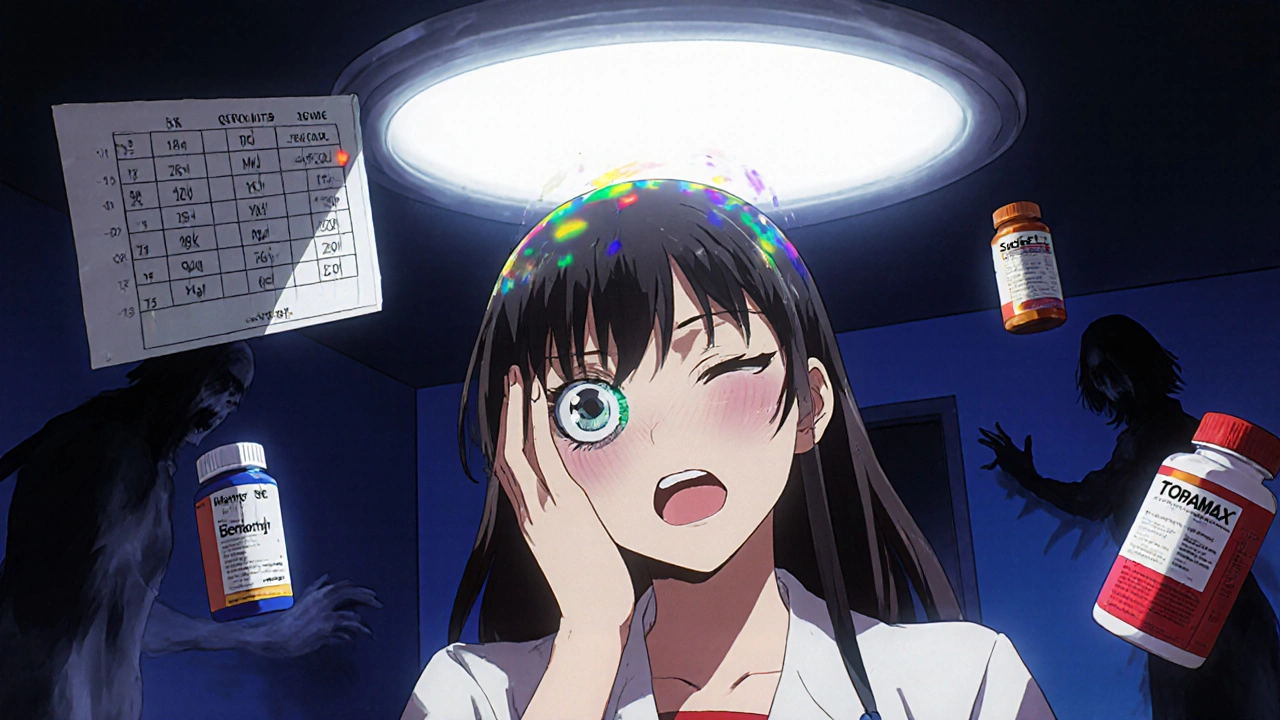Acute Angle-Closure Glaucoma: Symptoms, Risks, and What You Need to Know
When the fluid in your eye can’t drain properly, pressure builds up fast—this is acute angle-closure glaucoma, a sudden and dangerous rise in eye pressure caused by the iris blocking the drainage angle. Also known as closed-angle glaucoma, it’s not a slow-progressing condition like some other types. It hits hard, often without warning, and can blind you in hours if ignored.
This isn’t just about blurry vision. People with acute angle-closure glaucoma often report severe eye pain, headaches on one side, nausea, and seeing rainbow-colored halos around lights. Some even feel like they’re going to throw up. These symptoms don’t show up because you stayed up too late—they happen because the drainage channel in your eye suddenly shuts. It’s most common in people over 40, especially women and those with farsightedness or a family history. If you’ve had this happen in one eye, the other eye is at high risk too.
What makes this worse is that many people mistake it for a migraine or a bad sinus infection. But unlike a headache that fades with rest, this pain won’t go away. And unlike allergies, your eyes won’t just water—they’ll turn red, feel hard to the touch, and your vision will blur like you’re looking through frosted glass. eye pressure, the force inside the eye caused by fluid buildup is the real villain here. Normal pressure is under 21 mmHg. In acute angle-closure glaucoma, it can spike to 50 or higher. That’s like blowing up a balloon until it pops—but inside your eye.
There’s no time to wait and see. Delaying treatment can destroy the optic nerve permanently. Doctors use eye drops, pills, or laser surgery to open the blocked angle fast. If caught early, vision can be saved. Miss it, and you might lose sight for good. That’s why knowing the signs matters more than you think.
People with this condition often don’t realize they’re at risk until it’s too late. If you’re over 50, have a family history of glaucoma, or are of Asian or Inuit descent, your chances go up. Even if you’ve never had eye problems, a simple screening can catch the early signs before an attack hits. And if you’ve ever had a brief episode of blurry vision or eye discomfort that went away on its own—that could’ve been a mini-attack, a warning sign called intermittent angle closure.
What you’ll find in the posts below aren’t just general articles about eye health. These are real, practical guides from people who’ve dealt with the aftermath, the treatments, the mistakes, and the wins. You’ll read about how to recognize the symptoms before it’s an emergency, what medications actually work, and why some treatments fail. You’ll find stories from patients who thought it was just a headache—and didn’t get help until it was too late. And you’ll see how fast action can make all the difference.
Medication-Induced Acute Angle-Closure Glaucoma: A Sudden Eye Emergency You Can't Afford to Miss
Medication-induced acute angle-closure glaucoma is a sudden, painful eye emergency that can cause permanent blindness in hours. Common drugs like antihistamines, decongestants, and eye drops can trigger it in people with narrow eye angles - often without warning.

